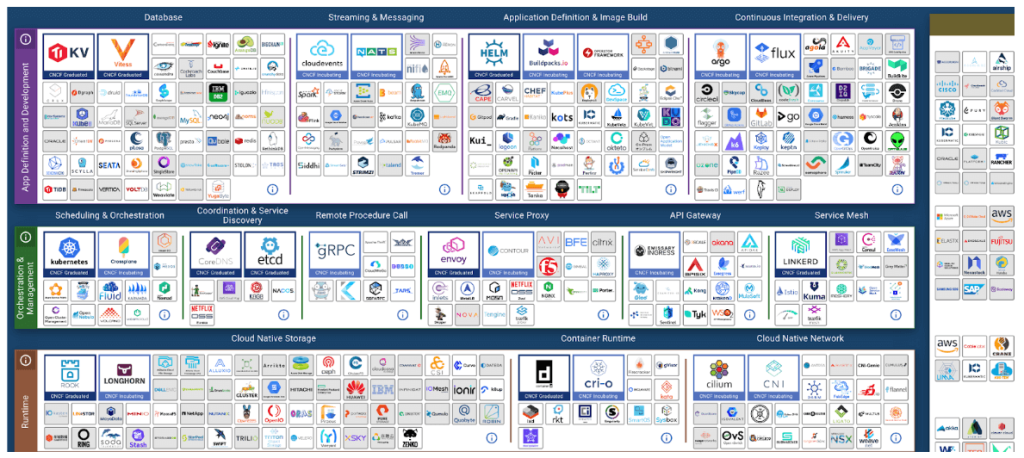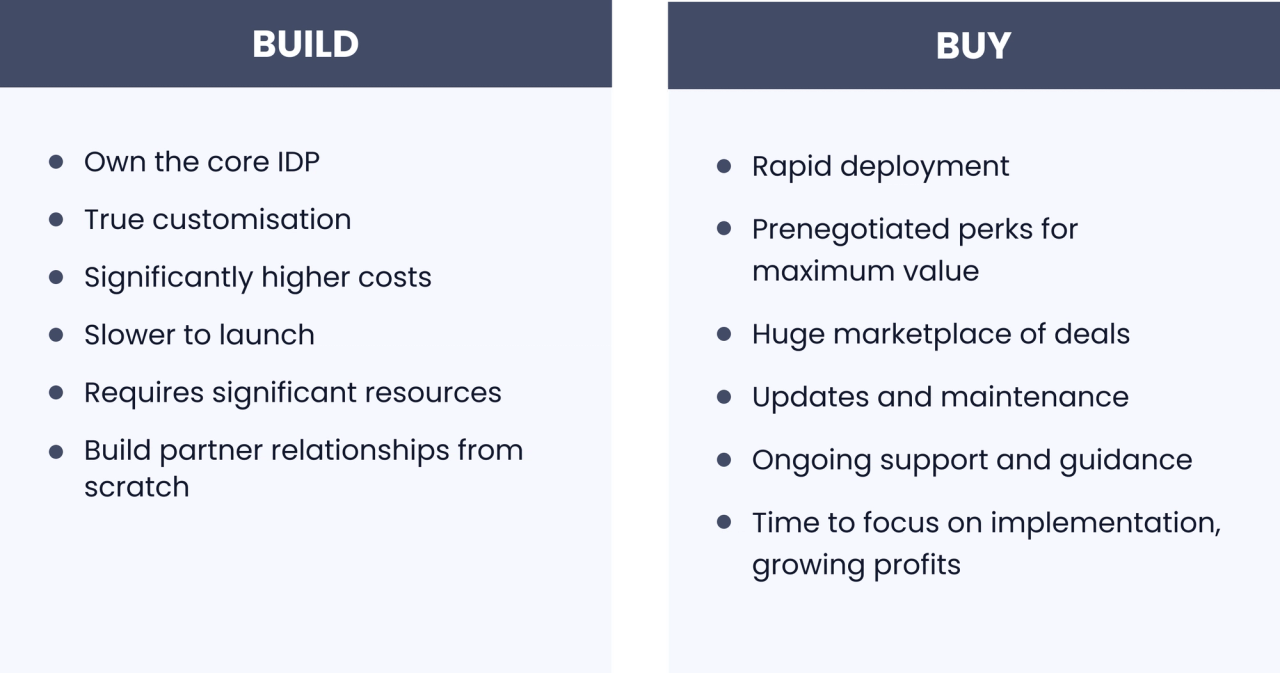Speed is everything…
In the fast-paced world of Formula 1, speed and precision are everything - every millisecond counts and a tiny misstep can mean missing out on the podium. It’s a lot like platform engineering, where the goal is to deliver software quickly and efficiently while juggling complex systems. Just as F1 teams fine-tune every detail, from engine performance to pit stops, platform engineers analyse data and make split-second decisions to stay ahead. The bottom line? In both, being “slow and steady” just doesn’t cut it. If you want to win, you’ve got to prioritise speed and adaptability.

What’s Speed Without Precision?
Platform engineering, much like F1, operates in a high-pressure, high-speed environment. The demand for continuous integration, continuous deployment (CI/CD), and fast iteration cycles mean that platform teams need to design systems that are not only stable but also capable of supporting rapid changes and scaling without delay. In modern businesses, the ability to release software updates quickly and reliably is crucial to staying competitive.
Platform engineers must continuously improve infrastructure, deployment pipelines, and observability tools to keep everything running at top speed. This has gotten increasingly complex as the cloud-native computing landscape is a lot to take in!

Platform teams need to choose the right tooling and figure out how best to create toolchains that work. Source: CNCF

Why “Slow and Steady” Fails in Platform Engineering
- Competitive landscape: Platform engineers must keep up with the fast-moving technological landscape. With rapid innovations in cloud computing, DevOps practices, and container orchestration, moving slowly risks falling behind. Those who aren’t constantly improving their platforms may be overtaken by competitors with more agile, modern systems.
- Real-time problem solving: They need to solve problems in real-time. Quick responses are essential, whether it's handling unexpected traffic spikes, mitigating security vulnerabilities, or fixing failed deployments. Slow responses in either environment can lead to catastrophic results, whether that’s a car retiring from the race or an outage that costs a company millions in lost revenue.
- The need for continuous improvement: Every experience offers new lessons, and teams must adjust accordingly. Platform engineering operates under the ethos of continuous improvement. Static systems that evolve slowly will eventually struggle under new demands. Continuous delivery pipelines, automated testing, and infrastructure as code help engineers maintain the pace needed to deliver value quickly and consistently.
- Optimising for speed and reliability: The most effective systems are those optimised for high performance while maintaining control. Platform engineers strive to create systems that can handle high traffic, scale efficiently, and remain reliable under heavy workloads. While a cautious approach may reduce risks, it can also limit opportunities for innovation.
In all these aspects, just as in racing, the key to staying competitive lies in agility, quick decision-making, and a commitment to continuous improvement.
A well-designed technology platform can make a huge difference here - not just for the Platform team but for the entire “pit crew” of your organisation (Infra, Ops, Security, Information Systems, Site Reliability and more). The concept of an internal developer platform is not new. It emerged as a modern way to run engineering teams with elite teams self-building IDPs for around 5 years prior (for example, Spotify, Airbnb).
Build vs Buy: Internal Developer Platforms in the Race for Speed
Platform engineering teams face a critical decision now: should they build an internal developer platform (IDP) from scratch, or should they buy an off-the-shelf solution? Platform engineers must assess which will get them across the finish line faster.

For many teams, the best approach is often a hybrid one. They may start with a bought solution that covers their core needs and then customise or extend it where necessary, combining the best of both worlds.
SkyU: A Solution to Accelerate Your Platform Engineering
If you're considering the buy option for an internal developer platform, SkyU is a powerful solution designed to meet the demands of modern platform engineering. SkyU is built to help teams streamline their development processes, enabling faster software delivery while maintaining the stability and scalability needed to compete in today’s fast-paced environment.

With SkyU, platform engineering teams can:
- Accelerate time to market: SkyU's pre-built platform ensures you can get started quickly, reducing the friction and delays associated with building an IDP from scratch.
- Optimise developer productivity: By providing streamlined workflows and automation tools, SkyU helps your engineering teams focus on innovation rather than infrastructure management.
- Scale with confidence: As your organisation grows, the platform scales effortlessly, ensuring that your internal systems are always ready to handle increasing demands.
- Reduce operational overhead: The platform offers continuous updates and support, allowing platform engineers to focus on delivering value rather than worrying about maintaining the platform itself.
Choosing SkyU lets you bypass all of the complexities and time constraints of building a custom platform. At the same time, it modernises your software delivery, accelerating and transforming your customer experience entirely.
The Choice Is Ultimately Yours.
In F1, the winner isn’t the one who drives the safest, but the one who drives the fastest while making the fewest mistakes. In platform engineering, the same holds: speed, agility, and continuous improvement are the keys to success.
So, buckle up - slow and steady won’t win this race.







